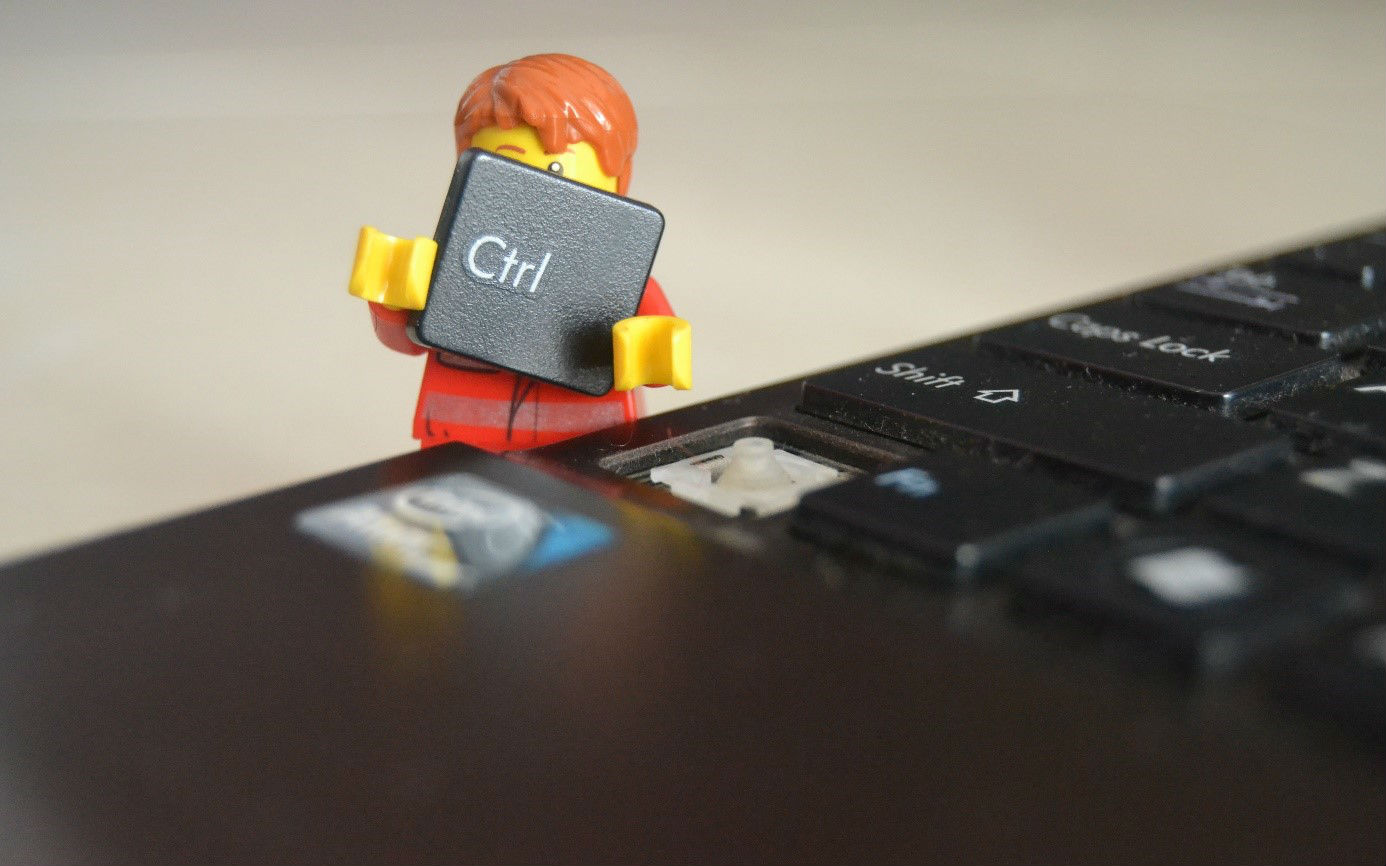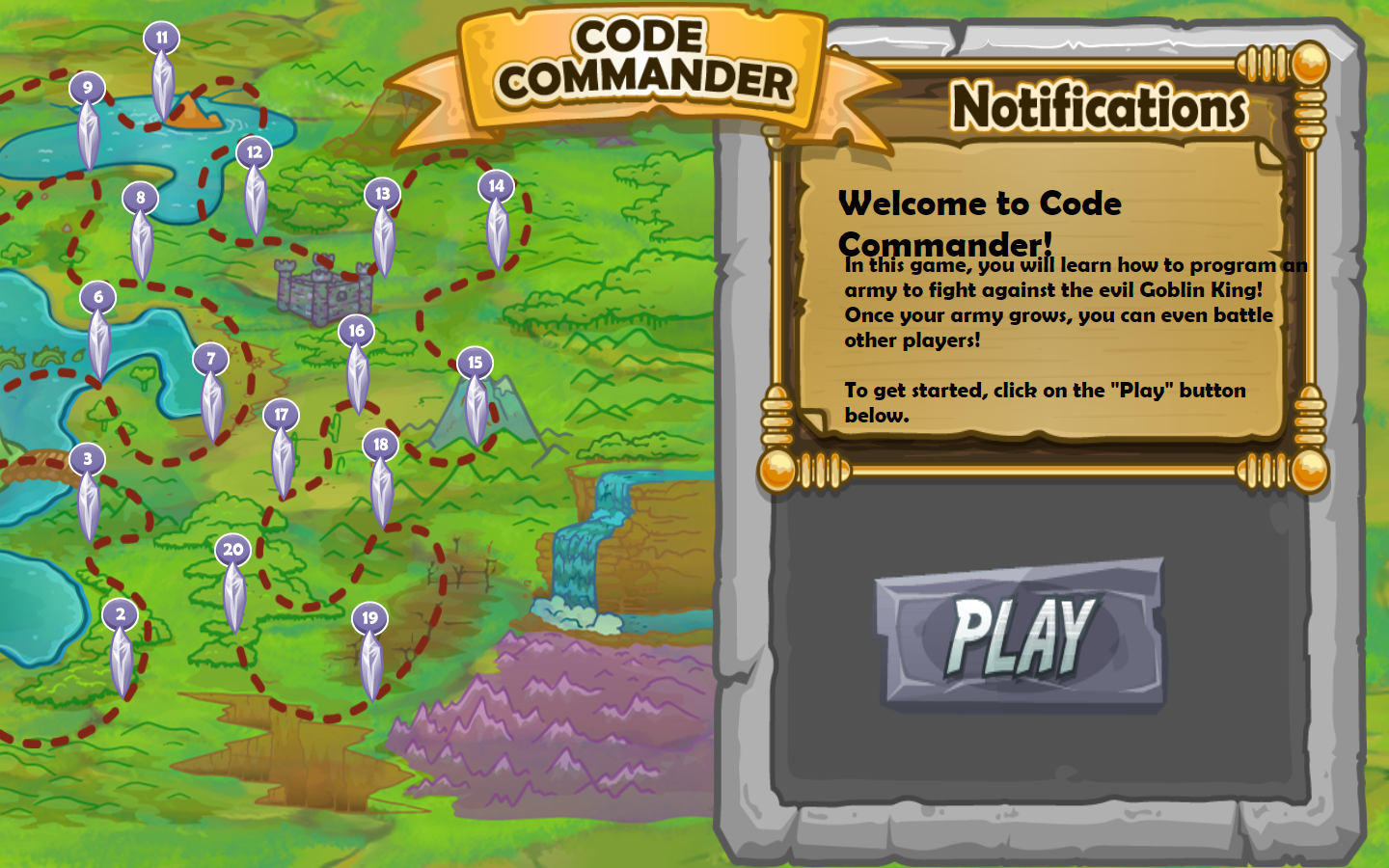
Importance Of STEM Education For Kids
From accessing all kinds of information on the internet to the launch of new intuitive smart devices, technology has always been a cornerstone of many of humanity’s successes. Technology is continually rapidly changing the way we interact and understand our world and the future to come. It will inevitably change the way humans live, work, play and learn. It will not be a surprise the learning tools of today will be deemed obsolete within the next 20 years.
The need for a modern and practical approach to education for the younger generation has never been greater. The children of today should be interacting, exploring, learning playing with educational toys alongside technology, to prepare them for the new future of tomorrow.

But where should we start?
STEM education, which was initiated by the National Science Foundation, is an educational approach that aims to incorporate the four disciplines of Science, Technology, Engineering and Math together into a cross-disciplinary learning approach.
Practising STEM education early has many benefits, it imparts important practical life skills to children. Some of the concepts include critical thinking, a positive attitude when faced with failure, resilience to continue problem fixing, enhance creativity, logical problem solving and more.
One of the biggest benefits of STEM is that it establishes a connection between the school academics, future career prospects, and puts it all in the global context. Head to Google and search for “Best Career Options in the Future”, and you will notice that more than 70% of the jobs mentioned deals with technology.
STEM also encourages children to be creative which will lead them to generate new ideas and innovations. Most STEM activities are created to have a positive safe environment for children to fail and try again and again. This allows children to use their failures as learning exercises and enables them to build their confidence and resilience when problem-solving.
Through experimentation and teamwork, children will understand how to collaborate and be confident in a team-oriented environment. The knowledge and skills they take home can be used practically in the real world and empowers them to be confident when encountering new technologies instead of being hesitant. All these will help the children adapt to the future of technology.
In short, STEM education is all about scientific experimentation, where children explore with real hardware and software components to build simple inventions. It enables a student-centred learning environment in which students are role-playing as investigators and engineers finding solutions to problems, as they construct evidence and research-based explanations.
A great way to introduce STEM education to children is through play with robots. Almost every child who sees a robot toy for the first time would instinctively want to find out more about it and play with it. There are many great STEM educational robots available on the market, for example, Photon robot is a STEM toy that is designed to trigger curiosity through basic block-based visual programming.
Playing with educational toys encourages children to explore possibilities, to be excited to experiment with new things, tinker with hands-on activities and have them practice complex problem-solving skills.
The beauty of using educational robots lies is in the interactive exchanges the child does. Children will be introduced and learn to code basic programming functions with the robot. Coding with a robot is helpful because it physically demonstrates the application of programming through visible movement. Children can visually see their codes come to life.
I will talk more about why coding as a learning subject intersects beautifully within the disciplines of STEM education in another article. As for now, continue to develop positive learning habits of curiosity and critical thinking!
Thank you.



